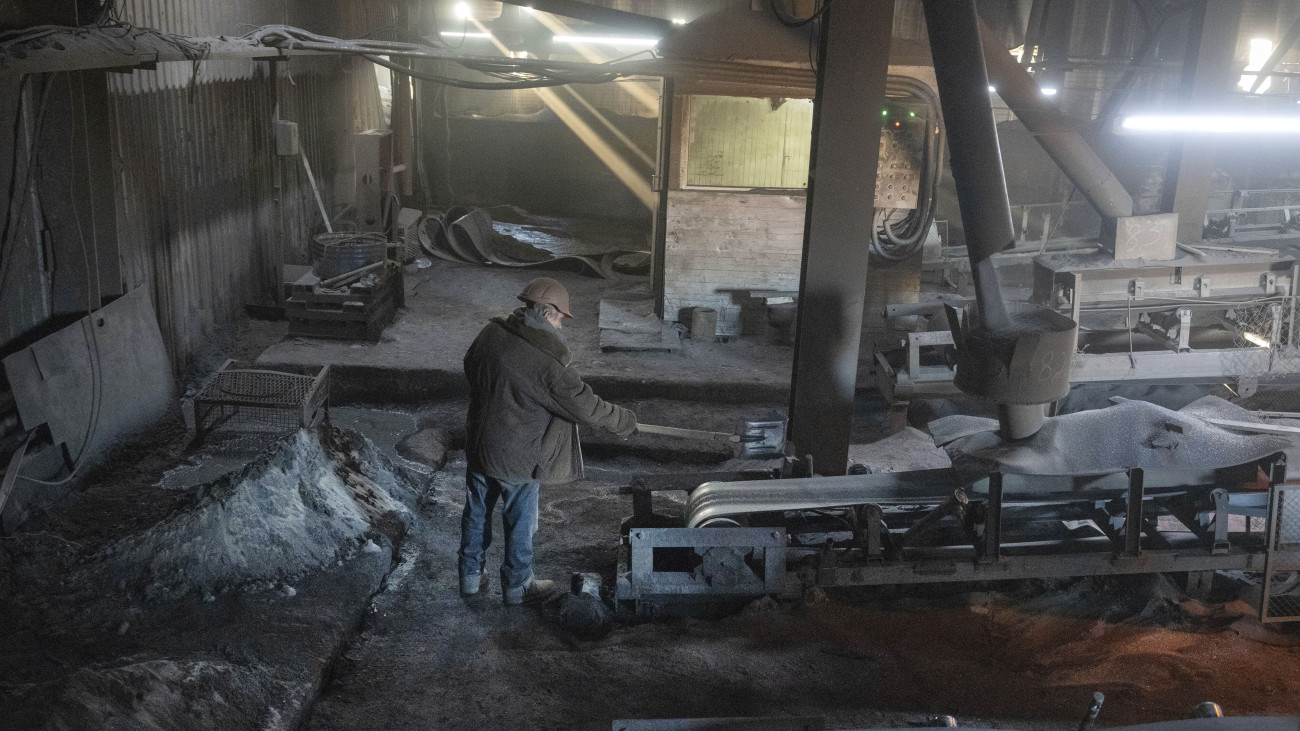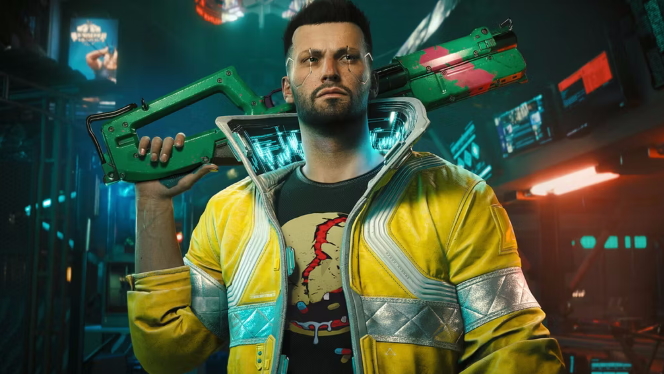Update 2.0 also affected skill trees, and the inspiration behind it comes from many places.
Compared to the 2020 version, Cyberpunk 2077 is far from the same level as CD Projekt RED removed a large part of the bugs, the performance became more or less acceptable on the PlayStation 4/Xbox One pair, but it is no longer adequate for the 2020 version. In 2013, the add-on was released The only in-house demo adventure, Phantom Liberty, which brought Cyberpunk 2077 to a new level (hence why it passed version number 2.0).
In an interview with PCGamer, Gameplay Design Lead Karol Matyasik told PCGamer what inspired them for the revamped skill trees: “After discussing what improvements we wanted to see in Update 2.0 regarding perks, the team looked at different games, including Dying Light and He. Borderlands development systems and even Dota 2. When it comes to building 2.0 franchises, I think the old-school design of Diablo 2’s skill trees, with clear paths and progressively more powerful (and fun!) abilities, has been referenced a lot in our discussions.
In the case of solo franchises, we have always tried to include a specific character in the role-playing through abilities, searching for actions and determining who is, for example, a “powerful soloist” or a “cyber ninja”. “For many combat capabilities, the Doom games have been among my personal inspirations, thanks to their fast-paced, relentlessly deep and progressive combat,” Matiasek said.
For example, you can try climbing a tree, and certain moves can radically change the gameplay, even though they may initially seem like subtle changes. Many franchises are piracy-oriented, but not all of them are piracy-oriented, and thus developers allow players to play more freely. The inspiration for Cyberpunk: Edgerunners can also be discovered (one of the first franchises in the Body Tree is Rebecca, and in the case of technical ability, we can “push our limits” with Edgerunner).
Taking a good idea from a good idea is not a crime.
source: PCGamer












































